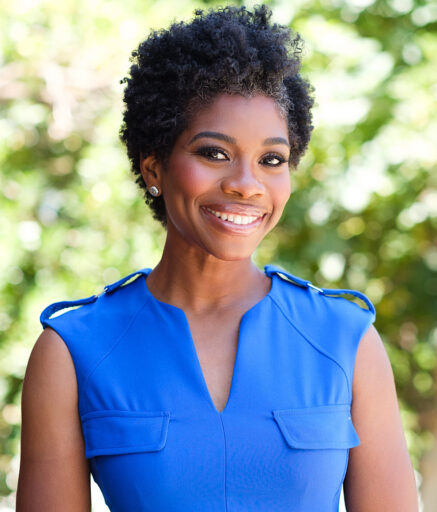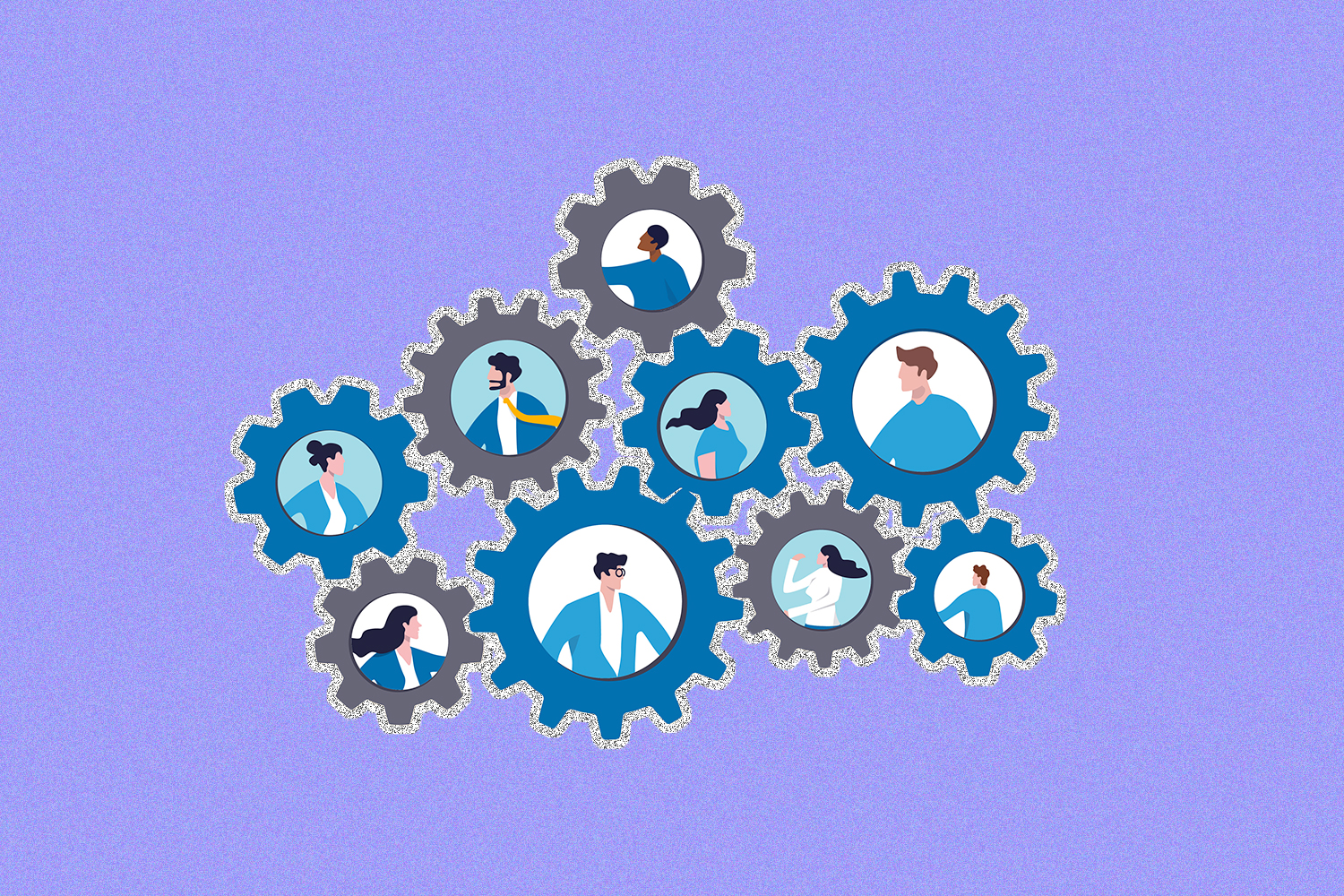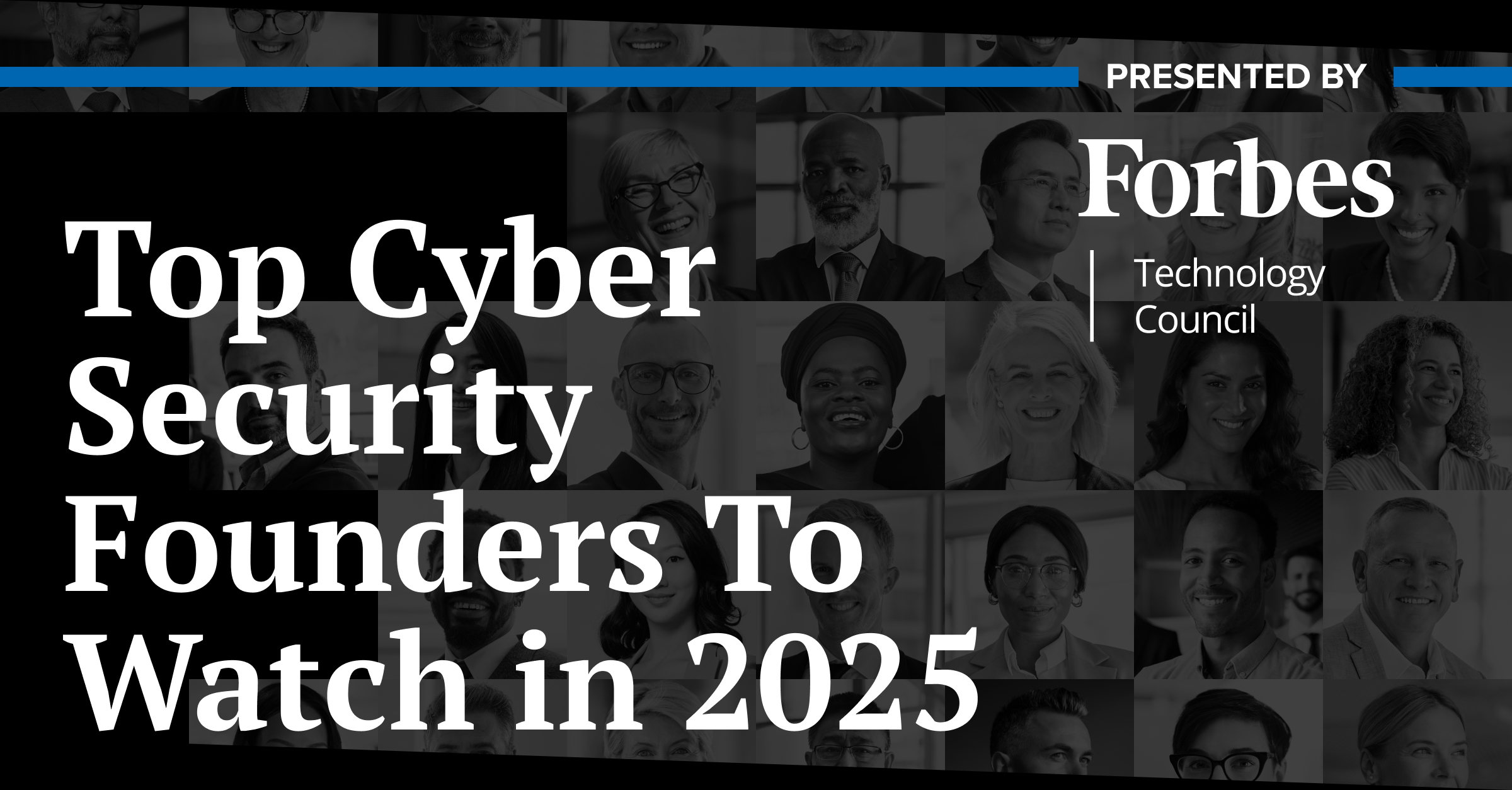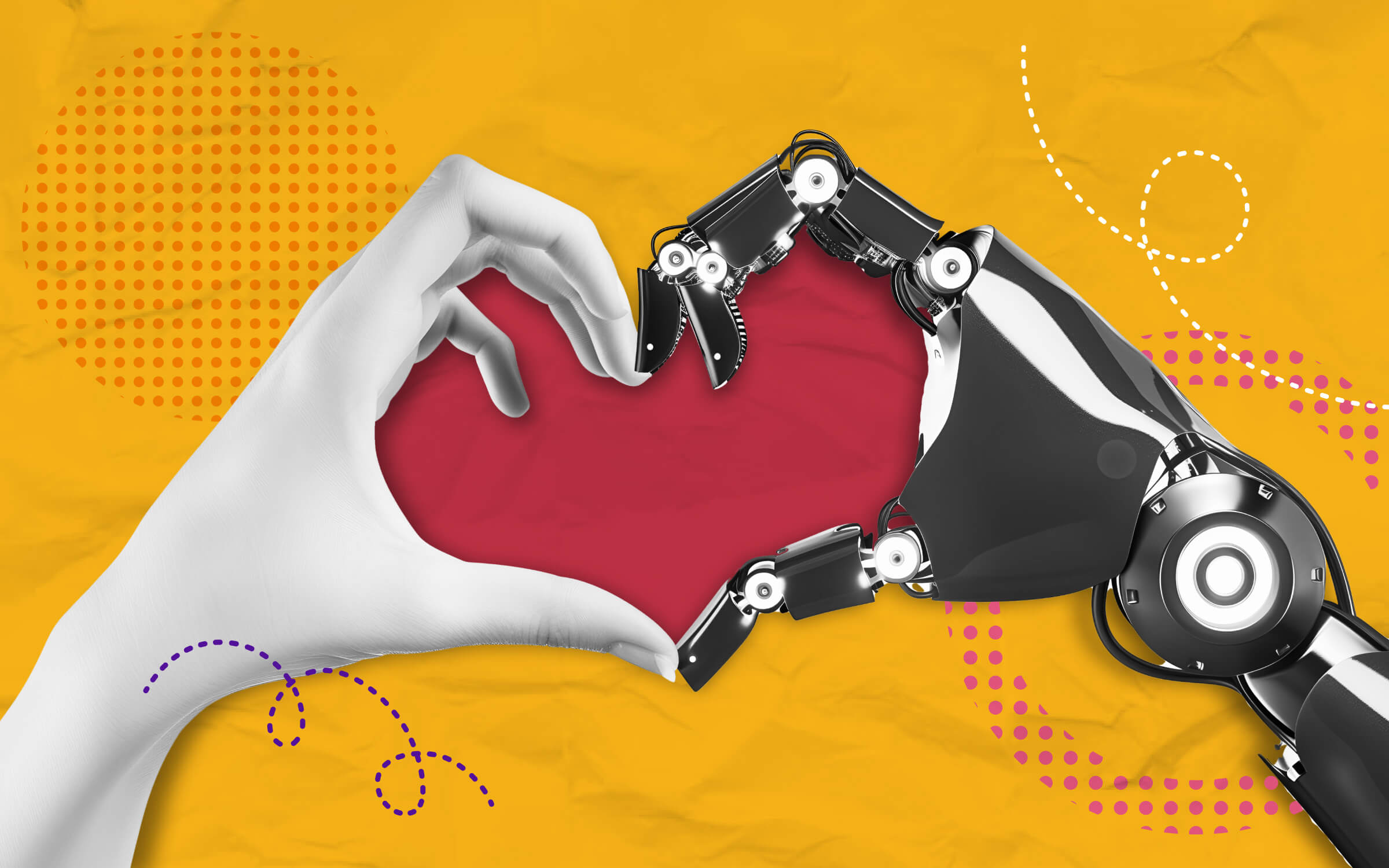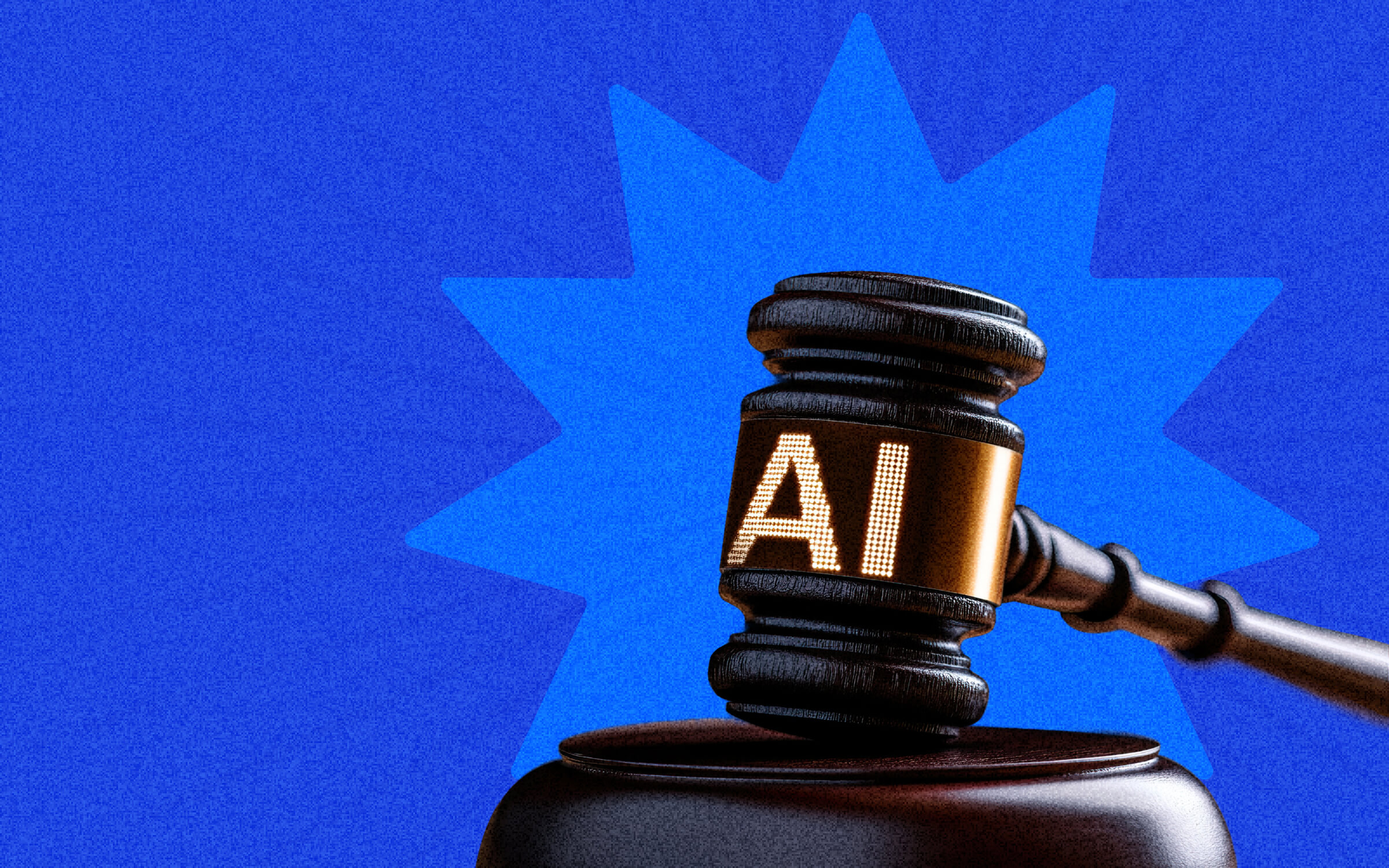As Clorox’s new chief diversity and social impact officer, Shanique Bonelli-Moore is focused on making allyship an even bigger part of the company’s approach to Inclusion, Diversity, Equity, and Allyship (IDEA). The company’s board of directors is 31% people of color (the Fortune 500 average is 18%) and 46% women (compared to 27%, on average).
Since joining the company in July, Bonelli-Moore has been focused on programming, benefits, and other initiatives at Clorox to foster a culture of inclusion for employees and community partners. Reporting directly to the CEO, she leads a team of four, focused on IDEA and Social Impact work, and is supported by a dedicated team of senior level employees across different businesses and functions from employee experience to talent acquisition.
Read on for an edited excerpt of our exclusive interview with Bonelli-Moore about Clorox’s strategies for achieving allyship and pay equity.
Senior Executive Media: Can you share how Clorox is shifting its strategy to IDEA to increase allyship? What is the goal behind this effort?
Shanique Bonelli-Moore: Clorox has a long-standing commitment to Inclusion & Diversity – increasing representation across the company and fostering an inclusive environment where everyone can be their true self and do their best work. I’m proud to say our executive team is nearly 50% female, including Clorox’s first female CEO Linda Rendle. The work in this area remains a focus, but we also know it’s not enough. So, we’ve evolved to add a deeper focus on equity and allyship.
We’ve been doing work around equity that ensures our processes and programs are impartial, fair, and provide equal opportunities to everyone. This comes to life through our annual pay equity analysis and our new internal job postings so our teammates have visibility to the wide variety of opportunities at Clorox and hiring managers can be exposed to a more diverse set of candidates. Allyship is a call to action to each of us to take an active part in driving IDEA. It’s the expectation that we all contribute to the culture we expect and work together to overcome challenges and solve big problems. We’re sharing acts of allyship and having discussions around what it means to be an ally, with much more to come.
“Allyship is core to our ERG vision, but we also have to make sure involvement is more than checking a box.”
Senior Executive Media: What does allyship look like to you? As a senior executive, how do you practice a culture of allyship?
Shanique Bonelli-Moore: Allyship is a verb. A set of actions one takes to decenter yourself to make space for and center others. It’s moving beyond being hand raisers to becoming active participants in solving problems and bringing new ideas. We all own this work, and it lives in all parts of how our businesses will grow, from marketing to product development, research and development to sales. We’re talking about allyship as part of our culture and ways of working. Some ways we’re doing this is by sharing acts of allyship from fellow teammates and hosting Cups of Understanding sessions on what it means to be an ally.
Senior Executive Media: How is allyship connected to Clorox’s employee resources groups (ERGs)? Any examples of DEI progress you can share that have come from the ERGs?
Shanique Bonelli-Moore: Today we have more than 3,000 members of our ERGs that help foster greater understanding of different perspectives and backgrounds, provide mentorship and development opportunities, and support to our local communities through regular volunteer activities. Some of our ERGs also help drive the business by serving as vital internal focus groups, inspiring product innovations, accelerating product placement plans and deepening our understanding of the multicultural consumer. A great example is the company’s ERG for Black employees, BELIEVE, that formed the Business Insights Committee to help our brands make authentic connections with Black consumers. The committee partnered with the Kingsford brand on year two of its Preserve the Pit marketing program that honors Black pitmasters. They assisted with creative reviews on artwork for the special packaging and provided input on online video content, as well as facilitated ongoing engagements with pitmasters to continue to educate the team on cultural nuances related to grilling.
Allyship is core to our ERG vision, but we also have to make sure involvement is more than checking a box. We’re striving to make everyone active participants in solving problems, and our ERGs are a great channel to do this. We have a lot of good momentum in this space, especially given the intersectionality of our ERGs. For example, ERGs often come together to support each other and co-host programming on topics that are important to each community, such as our VetNet ERG (veterans) that celebrates members who identify with each ERG community who have served our country.
Senior Executive Media: Clorox again achieved pay equity in 2022. Can you share a bit of the behind the scenes of how the company was able to reach this achievement and what key stakeholders were involved?
Shanique Bonelli-Moore: Ensuring every Clorox teammate is compensated fairly, regardless of race, ethnicity or gender, is central to creating an equitable work environment and it’s one of our publicly stated ESG goals. For our fiscal 2022, after making adjustments to certain teammates’ compensation, we again achieved pay equity for gender globally and for race and ethnicity in the U.S. We conduct pay equity analyses annually for our nonproduction teammates, partnering with a third-party labor economist to review our pay practices. Internally, this is an integrated, global effort across the company, led by our People and Legal teams who work with business leaders and managers to ensure we have a strong, well-communicated rollout to teammates. We continue to optimize this work by implementing new technology to streamline our annual process and monitoring best practices externally.
Senior Executive Media: Why is pay equity such a big challenge for senior executives? What makes it challenging to achieve?
Shanique Bonelli-Moore: Pay equity is dynamic in nature. Given the continuous changes in the workforce (hiring, promotions, relocations, retirements, etc.), maintaining pay equity requires commitment to an annual process to review people’s pay and to make any necessary adjustments every year. At Clorox, our senior leaders are committed to this critical process to ensure our teammates are compensated fairly and continue to see Clorox as a place where they’re respected, can grow and build their careers.
